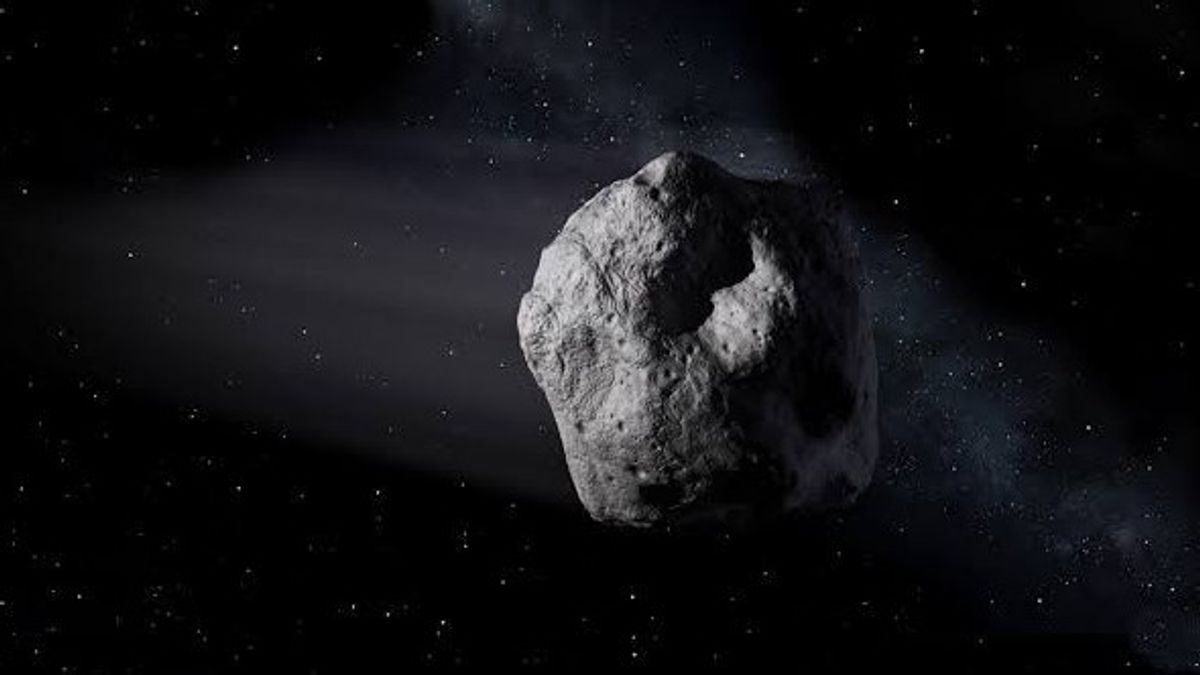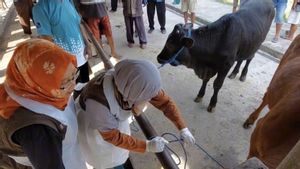JAKARTA - Now it's China's turn to have a goal of protecting Earth from potentially threatening asteroids, armed with technical studies and research, the country will develop a system.
The system, according to deputy director of China's National Space Administration (CNSA), Wu Yanhua, is used to counter the threat posed by near-Earth asteroids.
Wu explained that by testing the kinetic collision, this was part of a planetary defense system plan.
At the same time coincidentally, CNSA will also build an early warning system and develop software to simulate operations against near-Earth objects.
Not only that, CNSA will also test and verify basic procedures. And eventually, a mission will be undertaken to take a closer look at the potentially dangerous asteroid and then impact the target to change its orbit.
The mission is scheduled around the end of the 14th Five-year plan period (2021-2025) or in 2026. The system will later help deal with near-Earth object threats to humanity and make new contributions to China in the future.
In the space "white paper" released in January, it was stated that China would study plans to build a near-Earth object defense system, and increase its monitoring, cataloging, early warning and response capacities over the 2021 to 2025 period.
On the other hand, China is currently developing a joint mission of asteroid sample return and comet encounter. The mission, which is expected to launch before 2025, targets the Earth quasi-satellite Kamoʻoalewa, sends samples back to Earth and then towards a rendezvous with main belt comet 311P/PANSTARRS.
As information quoted from SpaceNews, Monday, April 25, China is not the only or the first space agency to develop planetary defense capabilities.
NASA has also launched the Dual Asteroid Diversion Test (DART) in November 2021. The spacecraft will collide with Dimorphos, the moon of a small planet orbiting the near-Earth asteroid Didymos, in September this year.
Likewise, the European Space Agency (ESS) will also send its Hera mission to Didymos and Dimorphos later this decade to examine the after effects of the DART mission's impact.
The English, Chinese, Japanese, Arabic, and French versions are automatically generated by the AI. So there may still be inaccuracies in translating, please always see Indonesian as our main language. (system supported by DigitalSiber.id)









